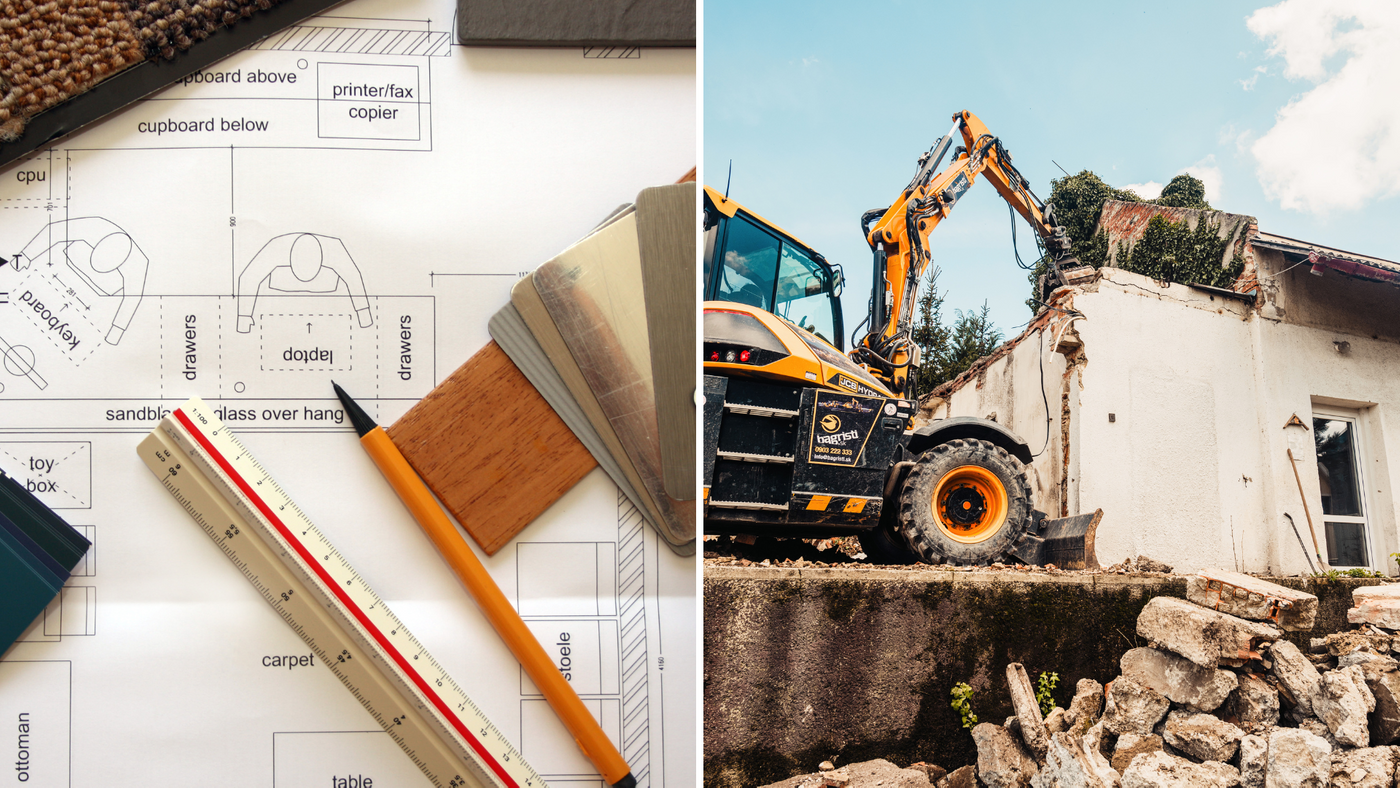When it’s time to improve or restore a property, property managers often face a critical question: is this a renovation or a reconstruction? While the terms are sometimes used interchangeably, the differences are significant, especially when it comes to scope, permits, timelines, and budgets.
Understanding the distinction is key to avoiding surprises and making informed decisions that protect your property, your residents, and your bottom line.
What Is Renovation?
Renovation typically refers to updating or refreshing existing structures. Think cosmetic or functional improvements like:
-
Replacing flooring or light fixtures
-
Upgrading kitchens or bathrooms
-
Painting or reconfiguring spaces
-
Updating exterior finishes or trim
Renovations leave the structural framework largely intact. These projects are usually less invasive, require fewer permits, and are often completed while the building is still occupied.
What Is Reconstruction?
Reconstruction involves rebuilding major structural elements that have been damaged, deteriorated, or are no longer up to code. Common reconstruction projects include:
-
Replacing load-bearing walls, balconies, or stairwells
-
Rebuilding fire-damaged sections of a property
-
Structural retrofitting to meet updated seismic or safety codes
-
SB326-mandated balcony and deck replacements
Reconstruction is a more complex undertaking. It often requires engineering plans, permits, destructive testing, and compliance with current building codes even if the original construction predates those codes.
Why the Difference Matters
1. Permitting and Compliance
Renovation work may only need minimal city approval, while reconstruction often triggers more stringent permitting and inspection requirements. Understanding this from the outset can help you build a realistic timeline and avoid red tape delays.
2. Budgeting
Renovations can often be scoped and priced quickly. Reconstruction, however, tends to uncover hidden issues (dry rot, water intrusion, etc.), making contingency budgeting essential.
3. Project Impact
Renovations may allow for continued use of the space. Reconstruction might require temporary tenant relocation or off-limits areas, affecting operations, occupancy, or rental income.
4. Liability and Safety
When structural integrity is at stake, reconstruction projects come with greater liability. Partnering with a licensed, experienced contractor ensures you stay protected and compliant with local regulations.
How to Decide Which Path You’re On
Here are a few quick questions to guide your assessment:
-
Is the project mostly cosmetic or are structural changes involved?
-
Are you addressing damage or simply updating aesthetics?
-
Will plans need to be submitted to the city?
-
Are you removing or rebuilding key components (like balconies or staircases)?
If you’re unsure, it’s wise to schedule a site inspection with a licensed contractor who specializes in reconstruction and code compliance.
Why Partner with Whitestone Industries
At Whitestone Industries, we understand the difference, and it’s a big one. Our team of licensed professionals helps property managers across California assess, plan, and execute both renovations and full-scale reconstruction projects. From navigating SB326 compliance to restoring fire-damaged buildings, we offer experience, transparency, and results.
Whether you’re modernizing finishes or rebuilding from the studs, we’re here to help you get it done right.
Ready to talk about your next project? Schedule a free consultation with our team today.

